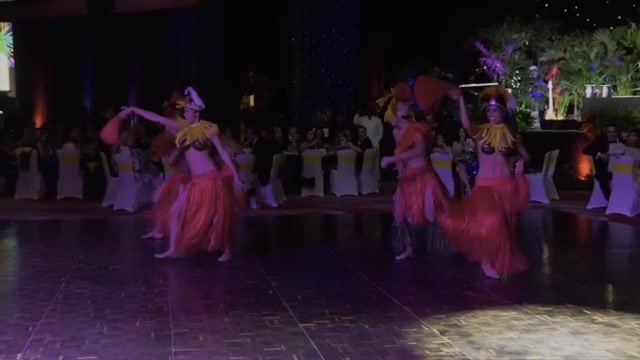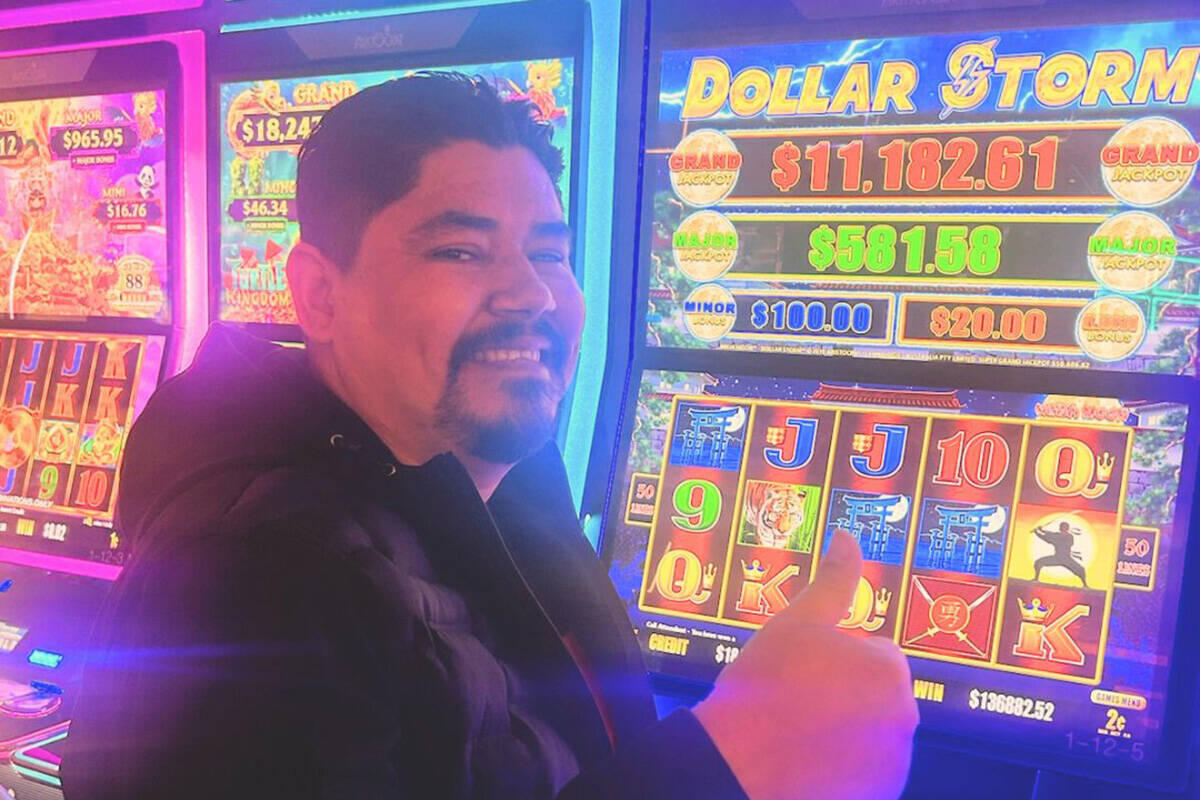Rather than going to the cage and demanding money at gunpoint or stealing a huge stack of chips from a table, criminals continually find new ways to rob casinos.
“Navigating Emerging Threats in Casino Gaming” was a lead-off session Tuesday at the Indian Gaming Tradeshow & Convention in San Diego. The panel explored the rise of sophisticated criminal tactics, with an increasing reliance on technology, that poses significant challenges to casino operations.
Panelists outlined the need for extensive cooperation, constant vigilance, and enhanced awareness among casino management, security teams, surveillance professionals, and regulators to prevent from being victimized and outsmarted by cunning adversaries.
The panel was moderated by Dave Vialpando, executive director of the Pala Gaming Commission. Panelists included George Jenkot, vice president of security and surveillance with the Firekeepers Casino Hotel in Battle Creek, Michigan, and Rudolph Wambsgans, chairman of the Tunica-Biloxi Tribal Gaming Commission in Mississippi.
The conviction in January of a Chicago man for stealing $700,000 from Four Winds Casino in Michigan in July 2023 was presented as evidence. A Four Winds employee who handles cash was tricked into stuffing $700,000 in cash into a designer bag and driving 85 miles to Gary, Indiana. Calls and texts made the person appear to be a tribal official for the Pokagon Band of Potawatomi Indians. Authorities recovered $18,000 from a home safe of the perpetrator. That scam was used in Nevada and other western states that year.
Casinos face both internal and external threats, according to Vialpando, former executive director for the Michigan tribe at the center of the social-engineering scam. The external threats may come from individuals or organized groups that include remote and coordinated attacks.
“Don’t underestimate the level of organization and sophistication of these groups in targeting our casinos,” Vialpando said.
The internal threats are perpetrated by employees, sometimes colluding with outsiders. These include theft, embezzlement, cheating, workplace violence, and property damage.
“We’re always thinking about anything that could affect live gaming, like cheats. Anything anybody gives up to the operation’s advantage is a huge problem mathematically,” Jenkot said.
Wambsgans cited an incident in which an employee was charged with colluding with an outsider to steal from the casino. She was accused of putting points on the players card of a friend worth hundreds of thousands of dollars over more than a year.
“The external threat can be huge. But from my experience, the internal threat is more a concern,” Wambsgans said. “The ongoing internal threat by employees in collusion with outsiders is a greater threat, because that’s happening almost daily.”
Jenkot said it starts with weaknesses within the process between internal controls and uninformed gaming regulations. They had a table games dealer prosecuted for dumping games to friends valued at $16,000 over a couple of weekends.
“Ever since COVID, a lot of properties are hiring people they wouldn’t have even interviewed before,” Jenkot said. “It gives you an idea of what we’re dealing with in an area of control like surveillance. That creates a huge vulnerability. When it comes to employee collusion, obviously, substandard surveillance employees not only cause weaknesses in catching collusion, but can actually be bad actors themselves.”
Vialpando said while some operators see the regulators as a nuisance, they’re there to maintain high standards. Most of the policies were created because something bad happened and was recognized as a vulnerability.
“It’s a challenge today to find qualified individuals and we do have pressure,” Vialpando said. “They’re sending us people who just don’t meet the level of qualification necessary to be licensed.”
Wambsgans said when vulnerabilities are discovered, it’s important to communicate them effectively and stress that tribal assets must be protected.







